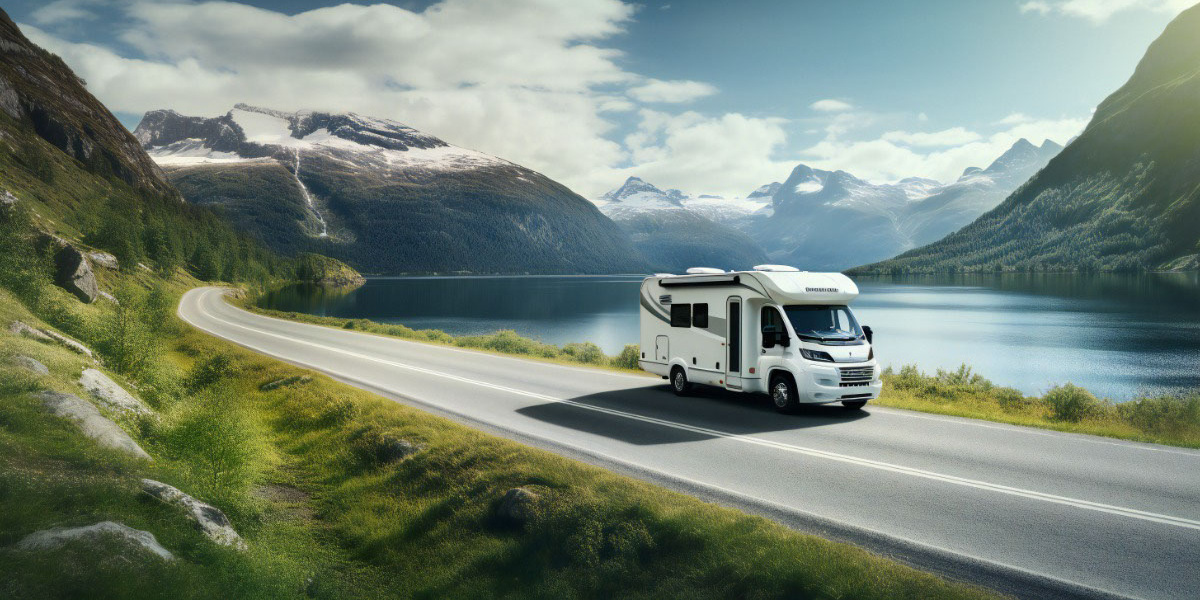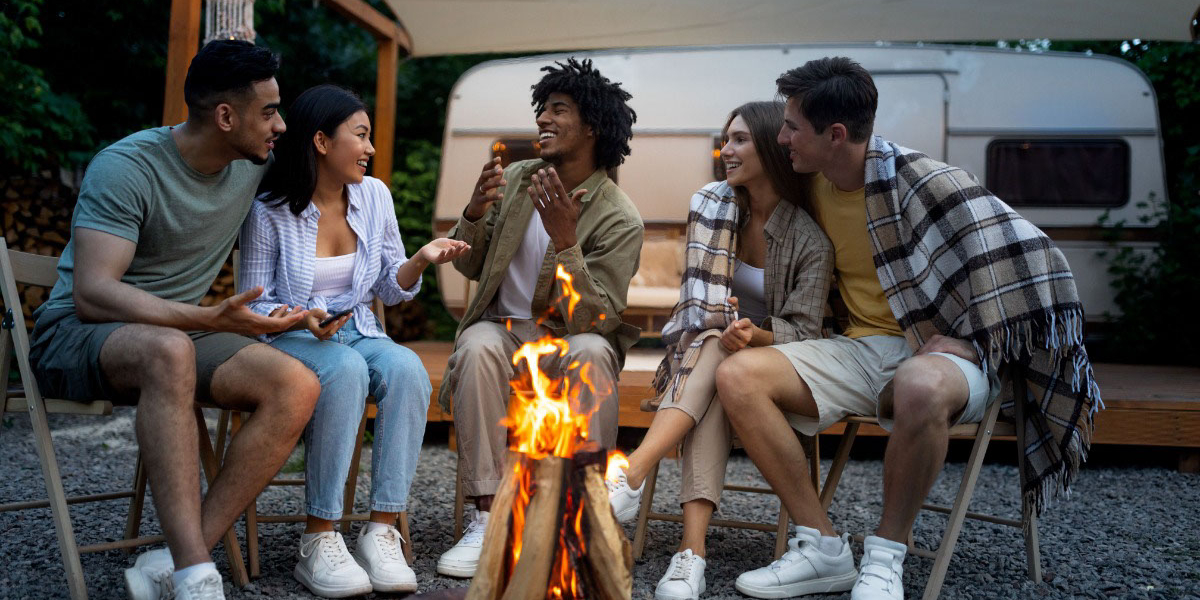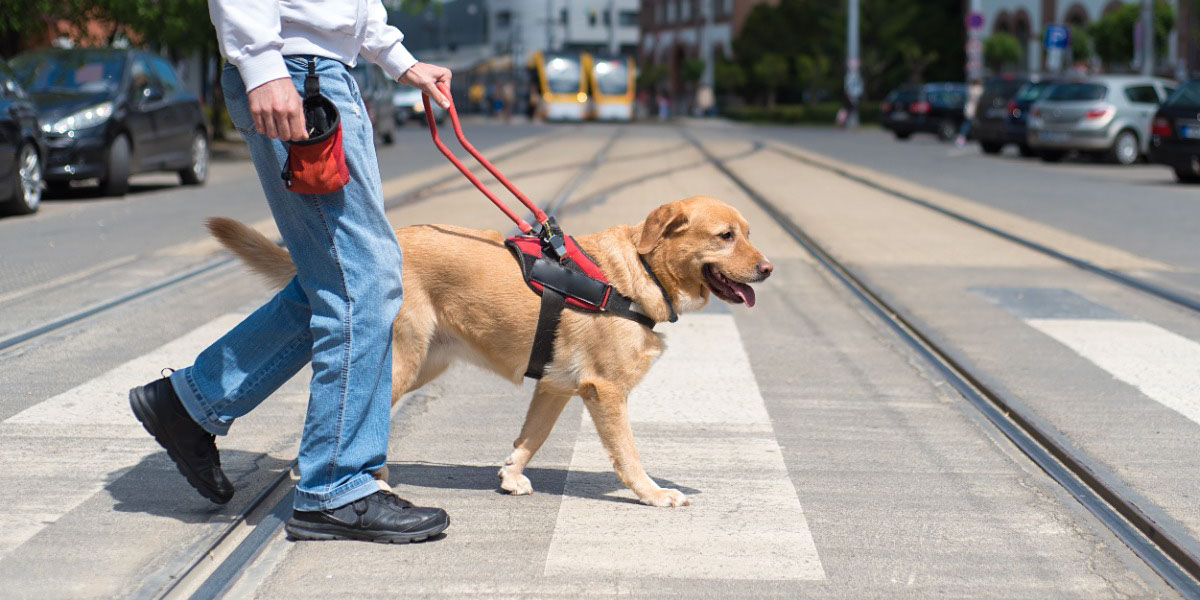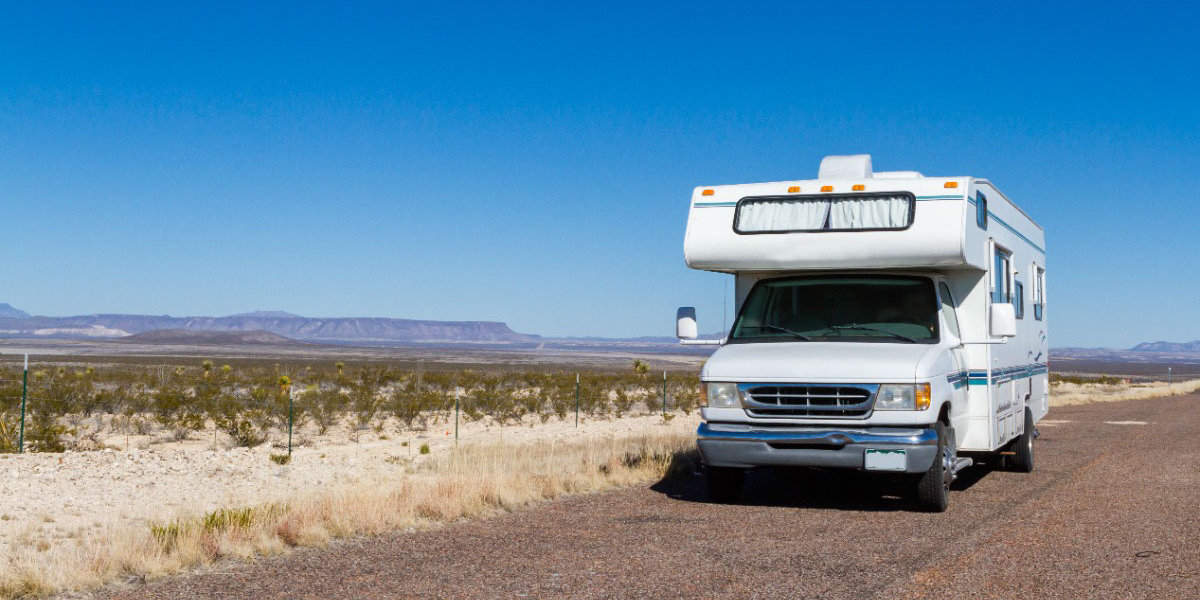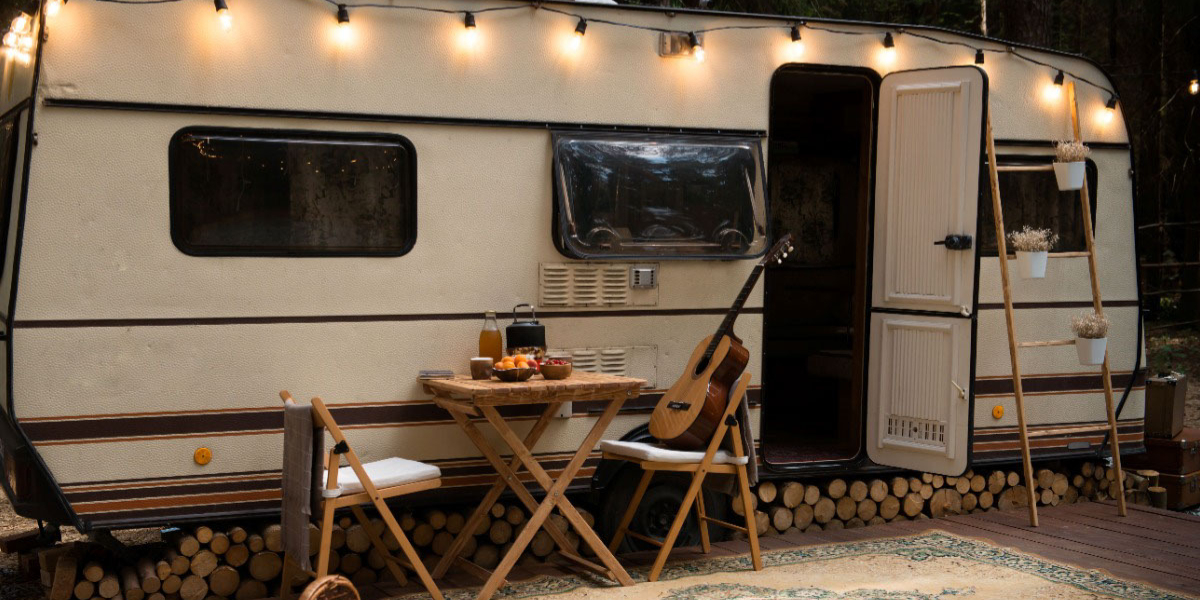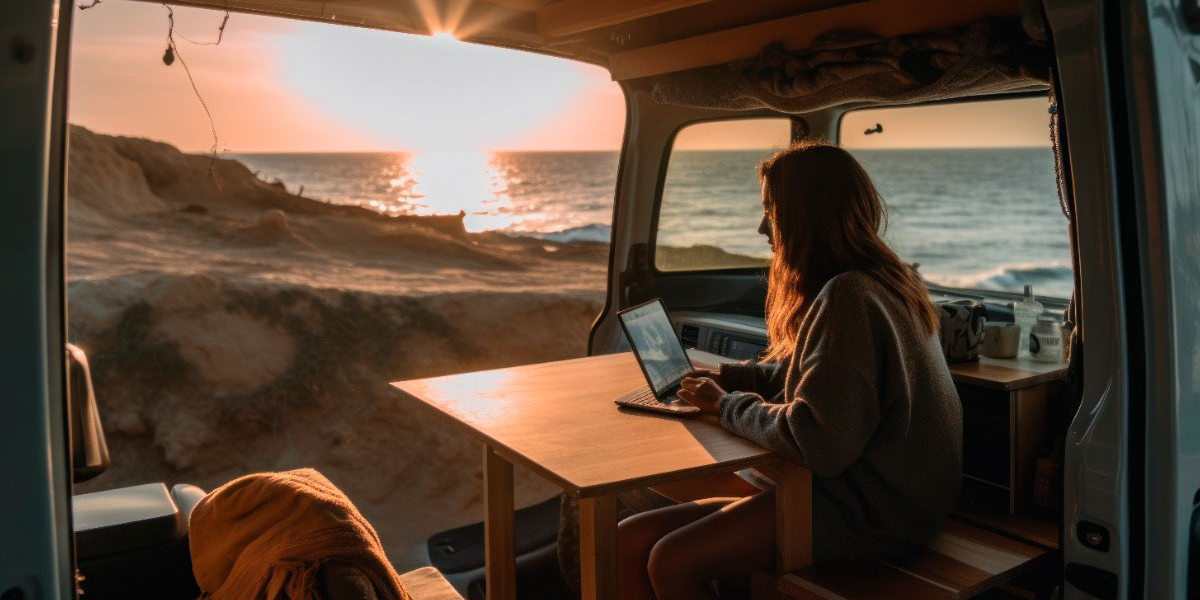First-time RVers have a whole new world in front of them. Not only are they fulfilling their dreams by going out and seeing the country, experiencing different cultures, and living the nomad lifestyle, they’re also experiencing a whole new dimension when it comes to the physical width, length, and weight of the vehicle itself.
It doesn’t matter if you’ve been driving for several decades. Unless you’ve operated larger commercial vehicles before, there are going to be some things you need to get used to as you jump into RV life and operate or tow a motorhome.
People say that the best offense is a good defense, and that’s very true for new RV drivers. By preparing thoroughly, staying defensive on the road, and planning routes ahead of time, you’ll be prepared for any unexpected circumstances that pop up along the way. Here are a few tips from RV Trader to help you have a good experience while driving your new RV.
Practice
To help you get a handle on the additional size and weight of your new Class A RV or other RV, it’s a good idea to drive around an empty parking lot before you actually go out on the road for your first trip. Some people also find RV driving classes beneficial to understanding how the vehicle moves and reacts in ways that are completely different from driving a car or a pickup truck. Even Class B vans can feel totally different than a typical vehicle. Practice turning, driving, and parking before you hit the road.
Know Your Size
It’s not good enough to just know that your new RV is “bigger.” You actually need to know and remember the height and weight of the vehicle. This is especially important when pulling into a gas station with a low canopy over the pumps, or when coming to a road that has weight restrictions. Some tunnels and ferries may have width restrictions as well.
You’ll also want to make sure you give yourself plenty of room for turns. At times, this might require “roaming” a little into the lane next to you as you go wide, so be aware of the drivers around you, especially those that might try to zip by you impatiently.
Take It Slow
Your new Class C RV or other RV is most likely going to be heavier than anything else you’ve driven before. Be sure to give yourself extra room between other vehicles on the road because that extra weight is going to increase your stopping distance. The last thing you want is to have to slam on the brakes to avoid a collision. For one, you probably won’t stop in time. Two, you don’t want to throw your passengers and gear around. Three, even if you don’t hit anyone else, you could tip the vehicle over. Enjoy the ride. Going slower means you’ll also probably get better gas mileage, which is a perk.
Stick To The Right Lane
On the highway, you might run into a slower-moving vehicle than you, even when you’re driving at slower speeds. If you need to pass using the left lane, be sure to signal early, make sure you know where all the vehicles around you are, and then execute your move. Otherwise, it’s best to hang out in the right lane. It will allow faster moving vehicles to get by, it gives you a chance to practice “centering” in the lane, you have better visibility from the driver’s side mirror, and you’ll have easy access to the shoulder if you need to pull over for any reason.
Know Your Limits
Some experienced drivers suggest newer drivers should follow the 2/2/2 rule: Try to keep your distances limited to 200 miles per day, take a break every two hours, and plan to be at your destination by 2:00pm to give yourself time to set up and establish your campsite. Some also add that you should stay at least two days at each destination.
As drivers get more experienced, some prefer the 3/3/3 rule, which means limiting routes to 300 miles a day, taking breaks every three hours, and being at camp by 3:00pm. Obviously, do what is most comfortable for you, especially as you gain confidence in your driving abilities, but try taking it easy initially as you break in your new ride.
Pay Attention To The Weather
RVers are constantly tracking the weather. Not only because it’s miserable, more dangerous, and more stressful to drive in heavy rain, snow, or foggy conditions, but high winds can also make driving difficult. Although RVs are made to cut through headwinds moving forward to keep them fuel efficient, cross winds (especially gusting winds on bigger rigs) can be a recipe for disaster.
Let’s Get Started
When you’re ready to get going, your first move is to find the RV that works for the way you intend to use it. RV Trader is your best resource for new and used vehicles to help you find exactly what you’re looking for. When you’re ready to make the transition, we’re here to get you into the driver’s seat.
By Barrett Baker
